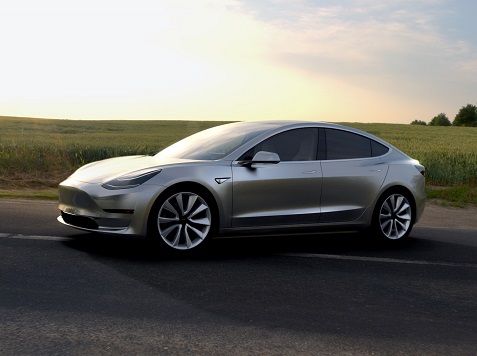If you’ve been impressed with the latest hybrid technologies from supercar manufacturers like McLaren, Porsche, and Ferrari, and the on-going electric efforts of Tesla, then you might be wondering why electric cars aren’t yet the norm. After all, they offer emission free driving, considerable savings in fuel, and a unique driving experience with maximum torque available from 0 rpm.
Well, the reason they’re not the norm yet is simple – charging points are not common enough, and even with a Government incentive, electric cars cost a lot of money. Even hybrids usually top the range.
All of that will change eventually, though, or rather, it has to, as our planet is running out of resources for us to use. Thankfully, almost all automotive manufacturers are investing in next-generation technologies, and Jaguar Land Rover is one of them.
Jaguar Land Rover will produce zero emission electric vehicles within the next decade, with power trains that will trickle down through the Land Rover and Range Rover brands. Currently, Jaguar Land Rover’s fleet emissions aren’t spectacular, as the engines that power their cars are above 2.0-litres and have a fair bit of weight to pull. The way Jaguar Land Rover sees it, hybrid vehicles will much more common across the next decade.
“This is an area that is especially important for manufacturers that do premium cars as in this class you can afford more sophisticated solutions that cost more money, but are not affordable in the mass market,” Dr Ziebart, group engineering director of Jaguar Land Rover, said last year at the Geneva Motor Show.
“And I personally think that the hybrid drive will become the dominant drive train in the upper vehicle classes,” he explained. “I cannot say too much but we are observing the market (electric vehicles) carefully. There is a market that is much more relevant to us as the second or third vehicle in the family, and it makes sense to have an alternative drive train or electric car to compliment the first car in the family.”
Farnell Land Rover is extremely excited about the future of motoring, and the technologies that the Jaguar Land Rover engineering department are working on.
The first electric Land Rover Defender placed at the Eden project in October 2013 is one such example of why Farnell are excited. This electric Defender effortlessly towed a 12-tonne road train and performed all of its tests fantastically. And, in recent tests, the Range Rover Hybrid scored extremely well, with reviewers praising the car for its refinement, pace, and off-road abilities. The hybrid Range Rover offers an 18% improvement in fuel consumption over regular models, which might not sound like much, but in a big car like a Range Rover, the savings soon add up.
The long-term future isn’t about hybrids though, it’s about electric vehicles. Jaguar Land Rover is working hard on developing this technology, but it is not a practical method of motoring just yet, except for motorists who travel very little.





















